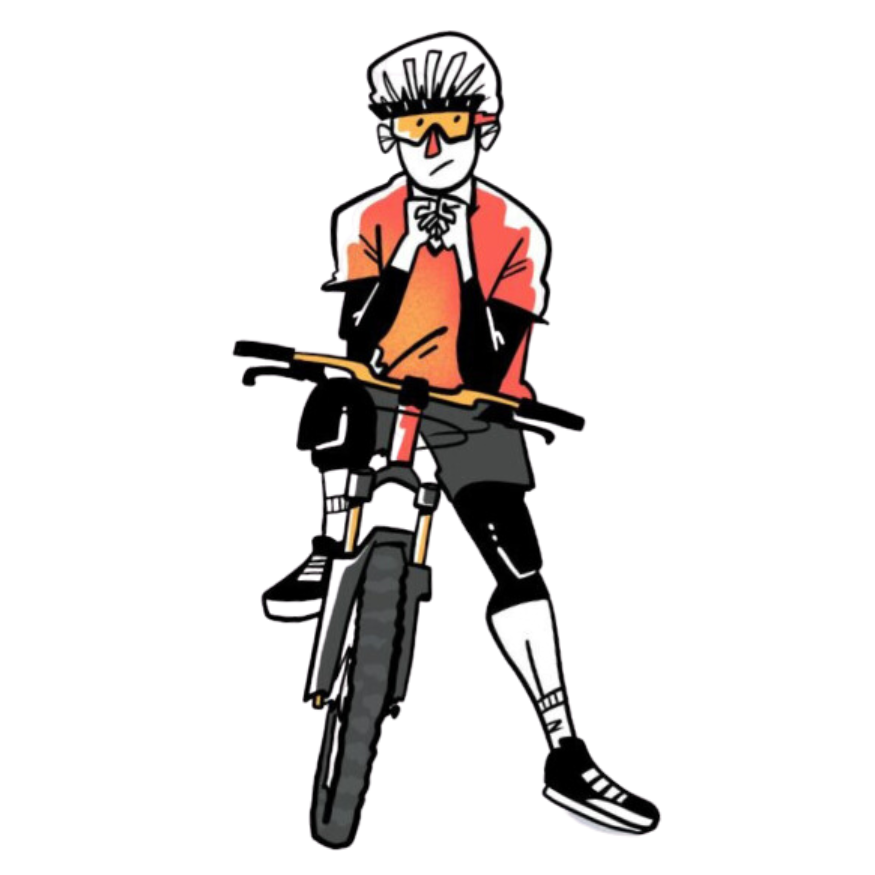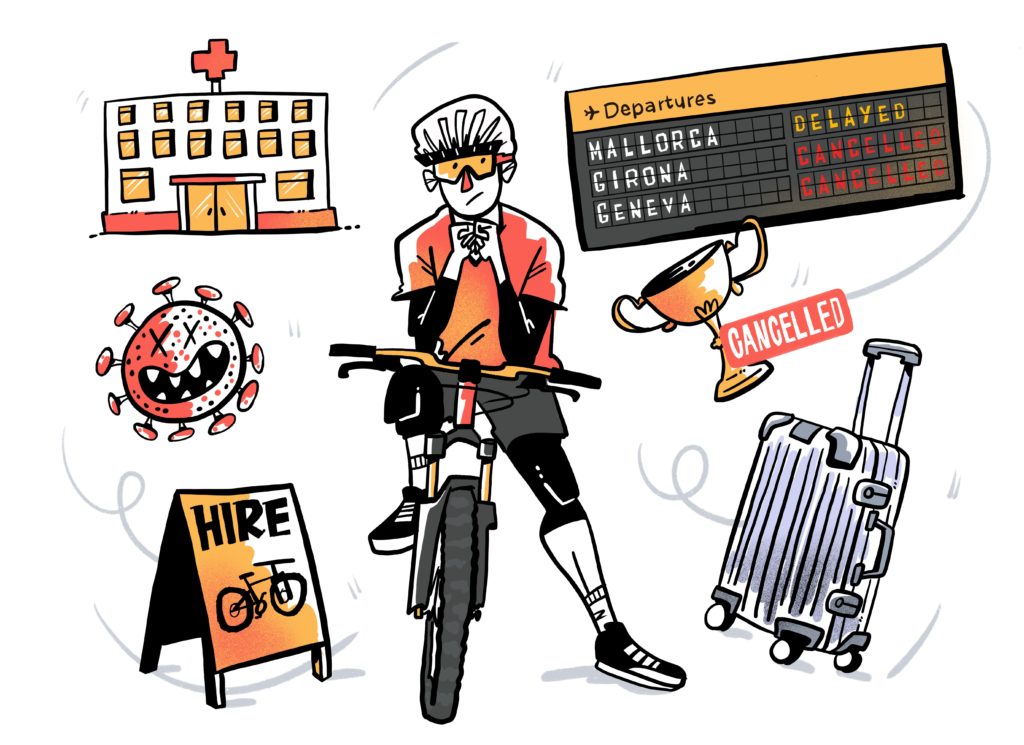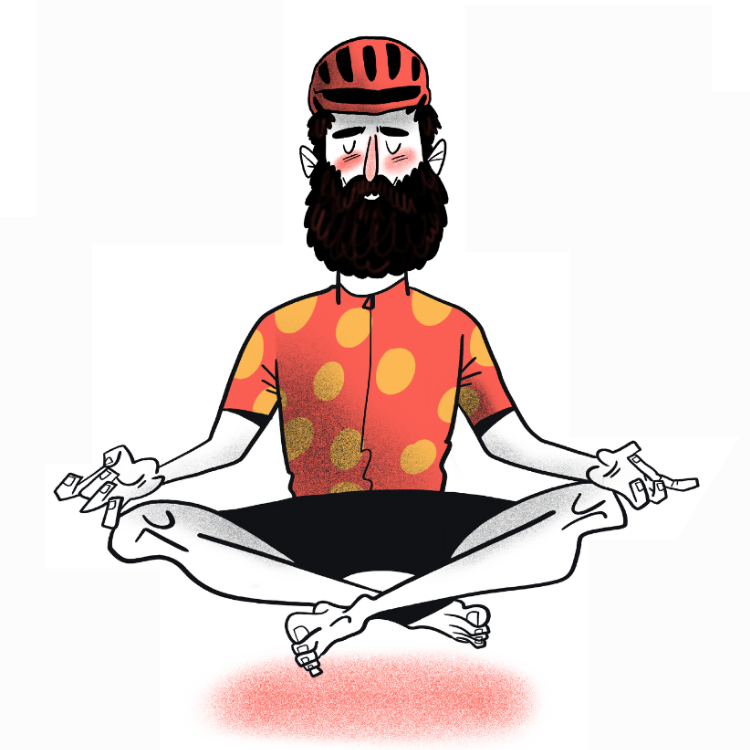Starting to work on your bike at home is an inevitable step for most cyclists. It involves a range of simple tasks that can be easily accomplished. However, to successfully carry out these tasks, you will require a set of essential bike tools and other items.
In this article, we have compiled a fairly straightforward list that will serve as the foundation of your home tool kit for many years to come. While you might already possess some of these tools, a few are specifically tailored for cycling. Our most important advice is to invest in the best quality tools you can afford. Think of it as a long-term investment. Cheap tools not only break easily but can also damage your bike.
Bike stand
Say goodbye to the days of flipping your bike upside down or leaning it against a wall, risking potential damage. Investing in a bike stand will revolutionise your ability to perform quick checks and maintenance tasks with ease. And the best part? You can now acquire a bike stand without breaking the bank. There are many available at affordable prices, making them a worthy investment for any cyclist.
By securing your bike in a stable and upright position, a bike stand grants you unrestricted access to your two-wheeled companion. No more awkward manoeuvres or risking accidental scratches or dents. With a bike stand, you’ll have the freedom to inspect and adjust various components, such as the chain, brakes, or gears, with convenience and precision.
Moreover, a bike stand brings an added layer of convenience when it comes to cleaning your bike. No more struggling to keep it steady while you scrub away dirt and grime. The stand holds your bike securely, allowing you to dedicate your attention to restoring its gleaming beauty.
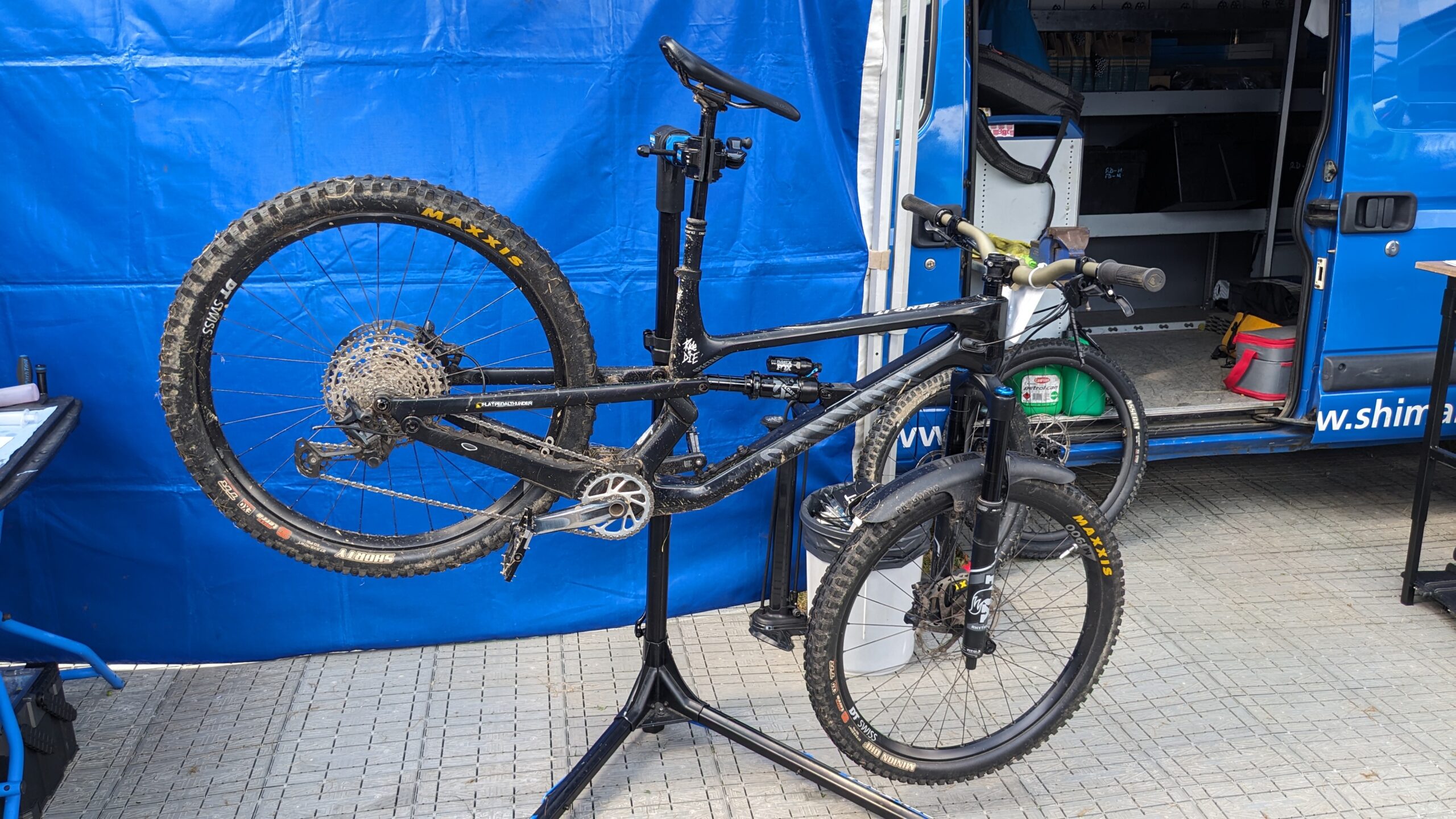
Image courtesy of Topeak
Track pump
Hand pumps may suffice for emergencies, but when it comes to regular maintenance, a track pump is a game-changer. Designed for efficiency and precision, these pumps allow you to effortlessly inflate your tyres to the desired pressure with minimal effort. If you’re running a tubeless setup, look for a pump with an air chamber booster. This allows you to compress a large volume of air into the booster which then makes seating a tubeless tyre a piece of cake. Without a booster, tubeless installation can be a real pain in the backside…trust me, I’ve been there!
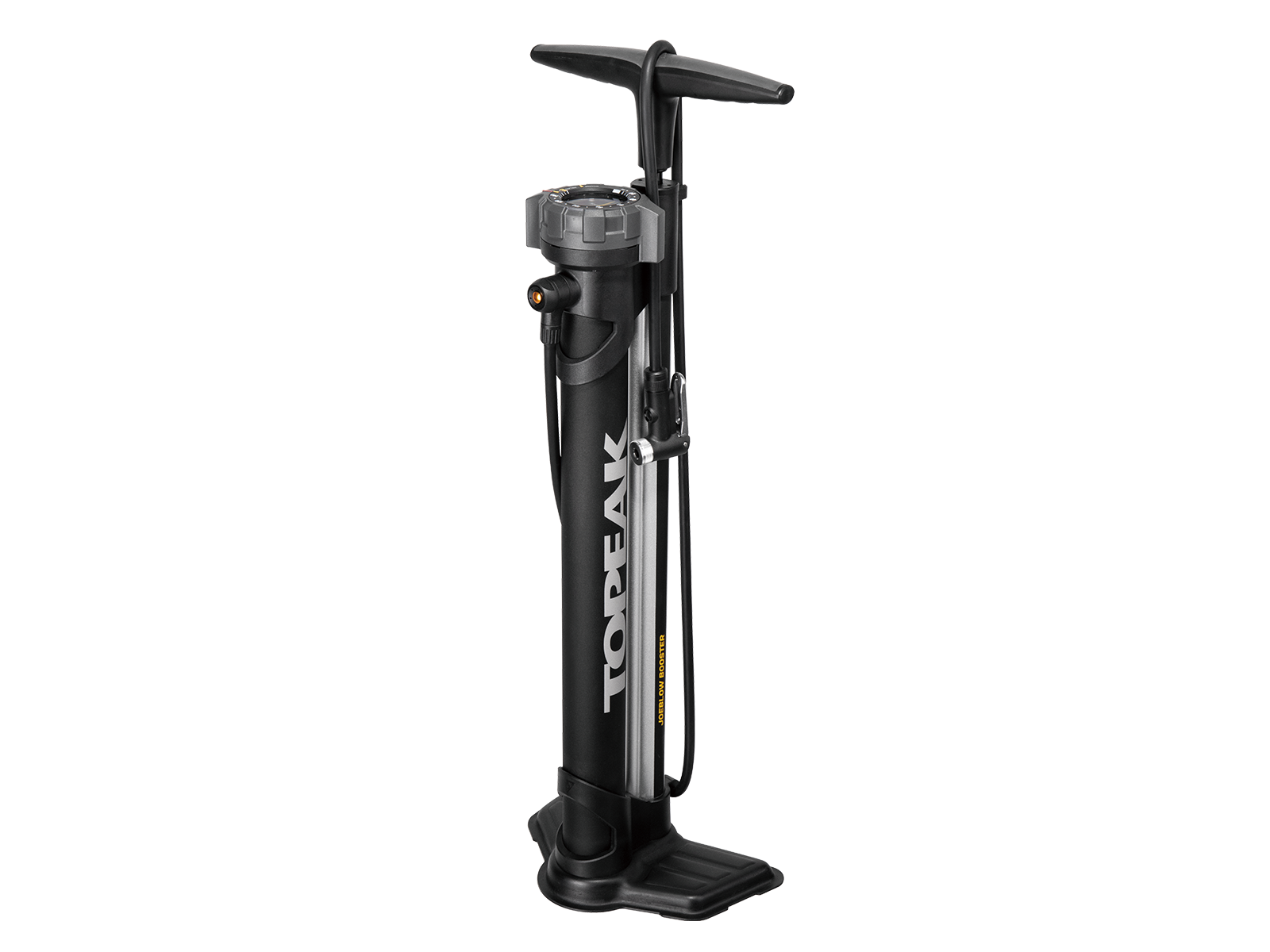
Hex & Torx set
As tools go, a quality set of Hex and Torx keys will be required for the installation and removal of pretty much all of your components. Don’t skimp here as there is nothing worse than trying to remove a stubborn bolt with a tool that feels like its made from marshmallow. We find that ‘T bar’ style tools are best, both ergonomically and practically as they give you leverage, speed and length all in one.
Tyre levers – separate set to saddlebag
We all have tyre levers in our saddlebags or backpacks but do yourself a favour: invest in another set for your workshop to save you scrabbling around for them when you’re changing tyres at home.
Torque wrench
A torque wrench is an essential tool when assembling modern bikes as they stop over-tightening which can lead to component damage, stress, or even failure. A torque wrench allows you to apply the correct amount of torque specified by the manufacturer, ensuring that bolts are tightened to the appropriate level without causing unnecessary strain. Additionally, many bicycle manufacturers have specific torque requirements for their products. By using a torque wrench, you ensure that your bike remains within these specifications, helping you maintain warranty coverage and receive support from the manufacturer if any issues arise. Don’t forget, Pedalcover do not cover damage caused by over torqued bolts!
Cable cutter
This is dedicated to all of those who have tried to cut brake outer cable with normal pliers! Not only is it really hard to cut the cables, but without a proper set of cable cutters, you end up with a compressed cable end and jagged cut. Changing gear and brake cables has a profound effect on refreshing the feel of your bike so this tool is one that will get used fairly regularly.
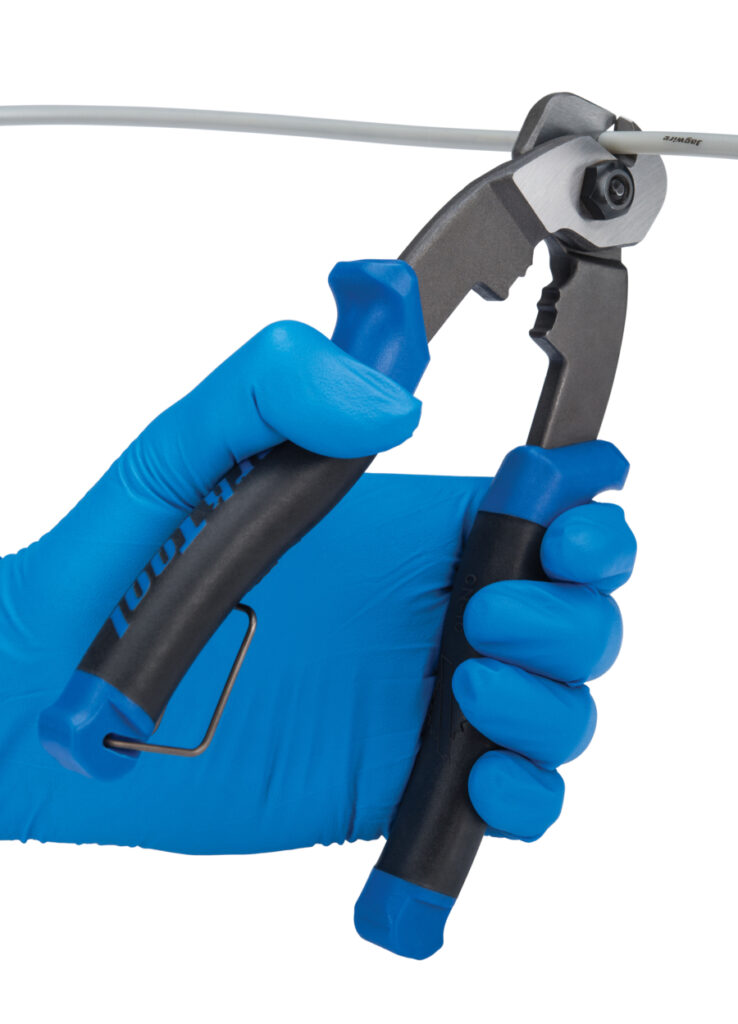
Chain wear tool
Similar to tyres and brake pads, chains undergo wear and tear over time. As a chain wears, the drivetrain experiences increased friction, resulting in imprecise shifting and, unfortunately, accelerated wear of other drivetrain components. However, by replacing your chain before it’s stretched, you can save money and enhance your overall riding experience. Check out our guide on when to replace a bicycle chain here.
Cassette tool and chain whip
Gone are the days of regularly swapping out cassettes to suit the terrain you’re riding. With modern road and mountain bikes equipped with 12 ratios on the rear cassette (some brands even now manufacture 13 speed) , you’d be forgiven for thinking that a cassette is a fit and forget item. Although this is largely true, periodic cassette removal is required in order to properly clean the cassette and allow access to service the freehub. The job is impossible without a proper cassette tool and chain whip.
Chain pliers
With the convenience of a Master Link Remover/Connector tool, the tedious task of removing and replacing SRAM & KMC chain links becomes effortless. Say goodbye to the frustration of manually squeezing tight links together by hand.
Chain breaker
A reliable chain breaker (also known as a chain splitter or chain tool) is a must-have in your toolkit. It allows you to effortlessly split worn-out chains, adjust the length of new ones, and connect those that rely on pins instead of quick-links.
While your multi-tool may include a chain tool, these are typically small and lack the necessary leverage, making them more suitable for emergency situations. For regular maintenance and repairs, investing in a high-quality workshop-grade chain breaker is a good idea.
A top-notch chain breaker will withstand the test of time, splitting and joining hundreds or even thousands of chains throughout its lifespan. The superior models even feature a replaceable driving pin, allowing you to replace the pin if it becomes bent instead of discarding the entire tool.
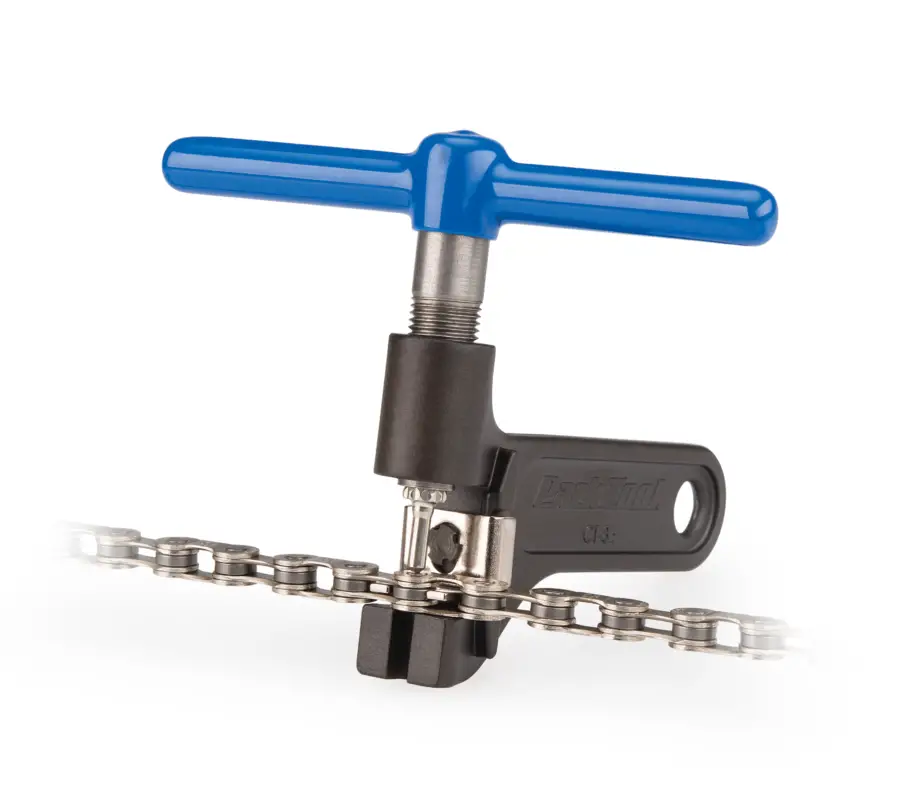
BB tool
Love it or loath it, bottom bracket technology has evolved immeasurably since the mid 2000’s and with that, a hoard of new sizes and standards have flooded the market. The chances are that if you have a collection of bikes, all of their bottom bracket standards will differ. In order to fit or remove a bottom bracket correctly, you’ll need the correct tool and as bottom brackets are always in the firing line of road grime, moisture and mud, they tend to wear out fairly quickly.
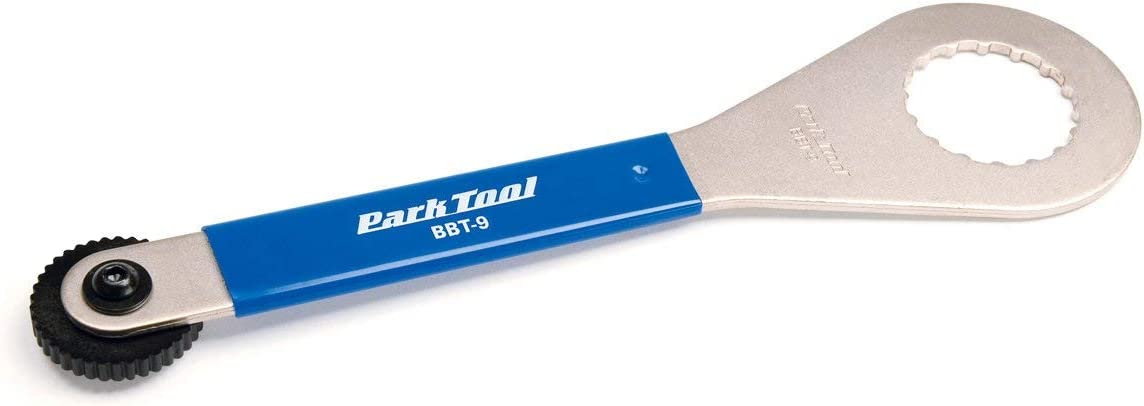
Tubeless valve core tool
Over time, tubeless sealant can dry out, or ,if you are mountain biker, can get burped out if you’re busy shralping berms. Periodic top up of fresh tubeless sealant is therefore required. The easiest way of doing this is by removing the presta valve core, as opposed to popping the tyre bead out of the rim. A decent valve core tool makes this job far easier.
Hydraulic bleed kit
Regular bleeding is necessary for hydraulic brakes to maintain optimal performance, enhance their reliability during continuous usage, and prolong their lifespan to prevent failures. Your brakes should be bled at a minimum of 12 month intervals. If you don’t know how to bleed brakes, we recommend leaving it to the professionals at your local bike shop.
Cleaning kit
With any luck, you’re using bike specific cleaning kit! Bicycle-specific cleaning kits are typically gentler on bike finishes and materials. They are designed to remove dirt, grime, and grease while minimising the risk of scratching or dulling the bike’s paint, frame, or other sensitive parts such as brake surfaces. Avoid using sponges if you have a gloss finished frame. Sponges cause marring and swirl marks over time. Instead, opt for a microfiber or woollen wash mitt.
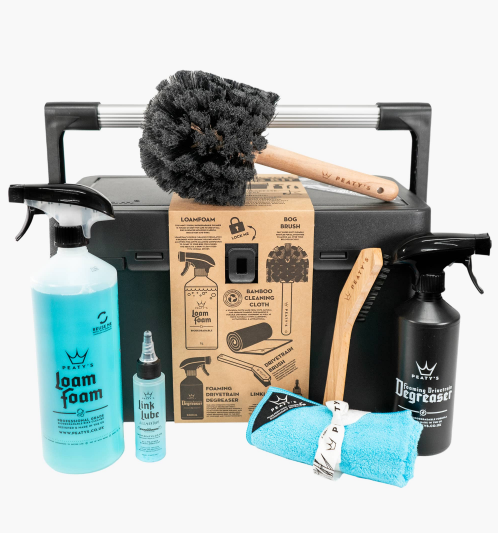
Assembly grease
When fitting new or replacing serviced component parts, use of assembly grease helps prevent corrosion, reduces friction, facilitates proper torque application, eases disassembly, and provides protective storage. It is an essential lubricant that ensures the longevity, functionality, and reliability of your bike’s components. If you have ever had to battle a seized seat post out of your frame, you will know how important the correct grease is.
Taking part in the CARTEN 100?

Taking part in the 2025 CarTen? Well, you’re in luck, as Pedal Cover are giving 15% off bike and travel insurance. Simply enter code CARTEN15 in the discount box when obtaining a quote.
There we have it! Although you have probably thought of some other useful tools, from our experience, the tools listed here ought to give you the ability to keep your bike in tip top condition. If you could add one more tool, what would it be? Let us know in the comments!








